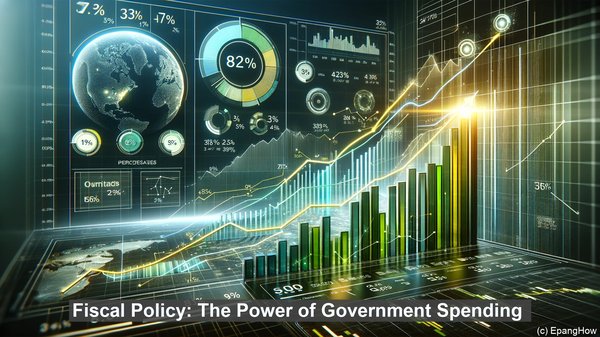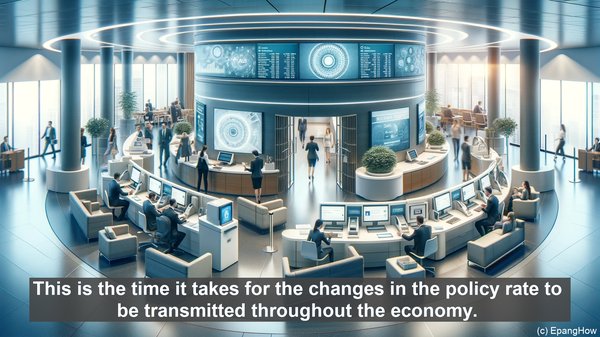Introduction: The Dual Tools of Economic Stabilization
Hello everyone, and welcome to our article on the time lags in fiscal and monetary policies. When it comes to managing the economy, governments have two primary tools at their disposal: fiscal policy and monetary policy. While both aim to achieve economic stability, they differ in their mechanisms and, importantly, the time it takes for their effects to materialize.
Fiscal Policy: The Power of Government Spending
Fiscal policy refers to the government’s decisions regarding taxation and spending. During economic downturns, governments often resort to expansionary fiscal policies, which involve increasing government spending and/or reducing taxes. The idea behind this is to inject more money into the economy, stimulating demand and encouraging businesses to invest and hire. However, the impact of fiscal policy is not immediate.
Recognition and Legislative Time Lags
One of the key time lags associated with fiscal policy is the recognition lag. This refers to the time it takes for policymakers to identify an economic problem, such as a recession, and decide on the appropriate fiscal response. This recognition is often based on economic data, which may not be available in real-time. Once the need for action is recognized, there is also a legislative lag. This is the time it takes for the government to pass the necessary legislation to implement the desired fiscal measures.
Implementation and Effectiveness Time Lags
Even after the legislation is passed, there is an implementation lag. This is the time it takes for the government agencies to actually put the fiscal measures into effect. For example, if the government decides to undertake infrastructure projects to stimulate the economy, it may take months or even years for the construction to begin. Finally, there is the effectiveness lag. This is the time it takes for the fiscal measures to have their desired impact on the economy. For instance, it may take several quarters for the increased government spending to translate into higher consumer demand and business activity.
Monetary Policy: The Influence of Interest Rates
In contrast to fiscal policy, monetary policy involves the management of the money supply and interest rates. Central banks, such as the Federal Reserve in the United States, are responsible for formulating and implementing monetary policy. One of the key tools they use is adjusting the benchmark interest rate, often referred to as the ‘policy rate’.
Decision and Transmission Time Lags
Similar to fiscal policy, there are time lags associated with monetary policy. The decision lag refers to the time it takes for the central bank to assess the state of the economy and decide on the appropriate monetary response. This often involves analyzing a range of economic indicators, such as inflation, employment, and GDP growth. Once the decision is made, there is the transmission lag. This is the time it takes for the changes in the policy rate to be transmitted throughout the economy.

Banking and Investment Time Lags
The transmission of monetary policy often occurs through the banking system. When the central bank lowers the policy rate, it becomes cheaper for commercial banks to borrow money. This, in turn, can lead to lower interest rates for consumers and businesses, encouraging borrowing and investment. However, it takes time for these changes in interest rates to be reflected in the lending rates offered by banks. Additionally, even if borrowing becomes more affordable, businesses may still take time to make investment decisions, considering factors such as market conditions and future demand.

